Thus Spake Nietzsche: A Reflection on the Berliner Funkturm
In the shadow of the Berliner Funkturm, Friedrich Nietzsche stood, his eyes tracing the steel lattice that reached toward the heavens. The tower, a testament to human ingenuity, pierced the sky like an exclamation mark in the prose of existence.
The Berliner Funkturm, or Funkturm Berlin, emerged from the loom of time—a symphony of iron and ether. Constructed between 1924 and 1926, its architect, Heinrich Straumer, wove mathematical threads into the fabric of reality. On the third day of September 1926, as the Great German Radio Exhibition unfolded in the grounds of Messe Berlin, this tower stood resolute in Charlottenburg-Wilmersdorf.
“Der lange Lulatsch,” they called it—the lanky lad. Its silhouette, a defiance of gravity, whispered secrets to the wind. Nietzsche, with his unruly mustache and eyes ablaze, contemplated its purpose.
“Is it not a bridge?” he pondered. “A bridge between the terrestrial and the celestial, where mortal voices ascend to the gods?”
The Berliner Funkturm, like a philosopher’s staff, probed the metaphysical realms. Its base, rooted in Berlin’s soil, yearned for the numinous. Its apex, a beacon, brushed against eternity.
“Beyond good and evil,” Nietzsche mused, “lies the radio wave—a Dionysian current. It carries whispers of forgotten gods and the laughter of children.”
The tower’s geometry fascinated him. A square surface, merely twenty meters to a side, bore the weight of dreams. Its surface-area-to-height ratio—1:6.9—defied convention. And porcelain insulators, like silent sentinels, guarded against electric storms.
“The Übermensch,” Nietzsche declared, “dwells here. His lightning rod, channeling cosmic forces.”
On March 22, 1935, the world’s first television program danced from the tower’s crown. Nietzsche, perhaps, watched spectral figures flicker against the Berlin sky.
The Berliner Funkturm, no longer a voice in the ether, stands as a monument—a testament to audacity. Its lattice, a cipher for human longing.
And so, Nietzsche descended, leaving the tower to its silent communion with the stars.
Disclaimer: This prose is a flight of fancy, woven from Nietzsche’s threads and the Berliner Funkturm’s lattice. It knows not of Zarathustra, but it whispers of human striving.
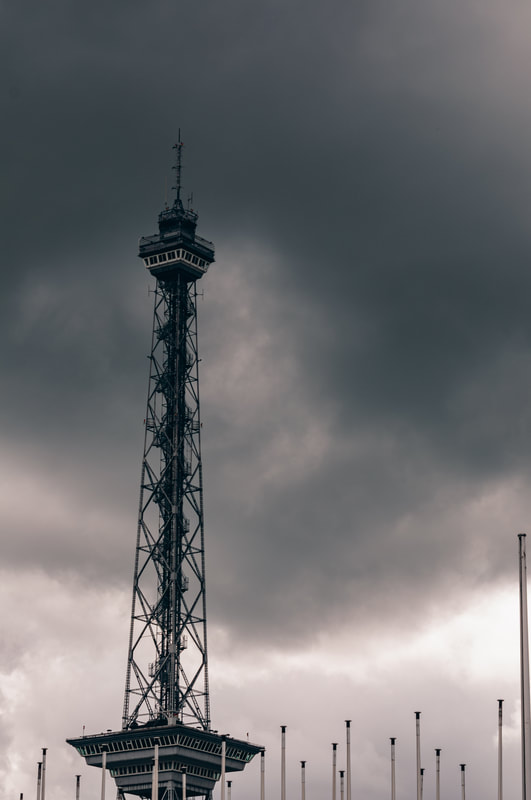
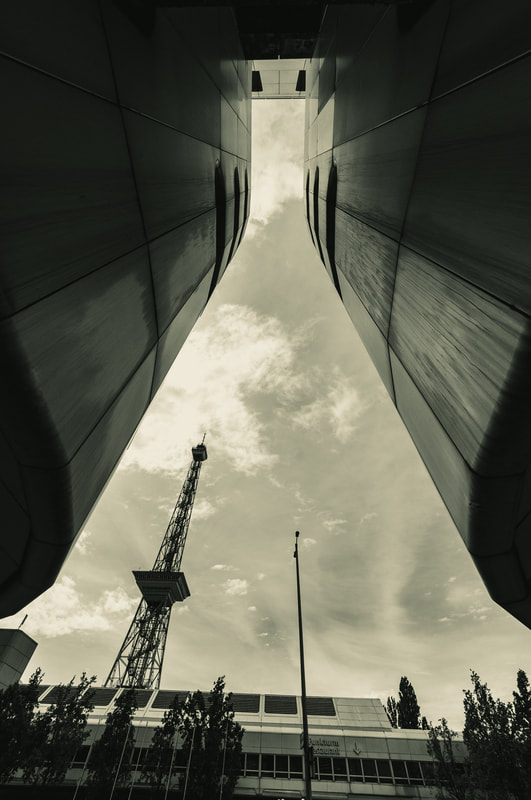
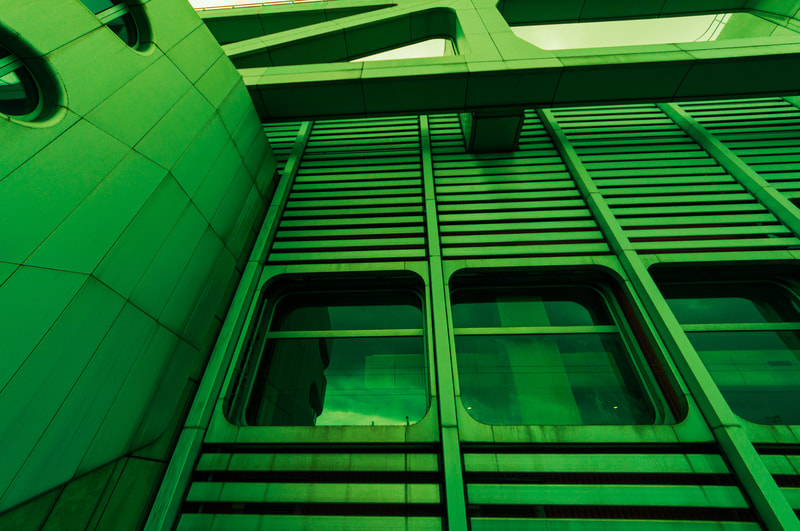
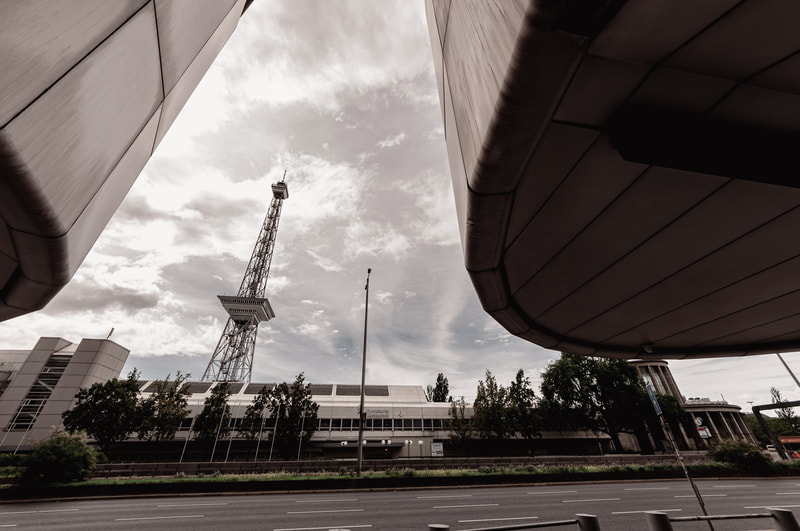
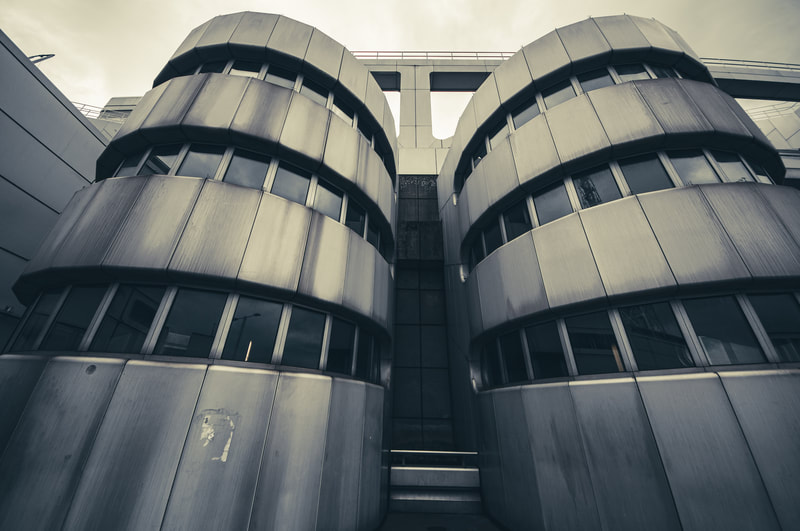
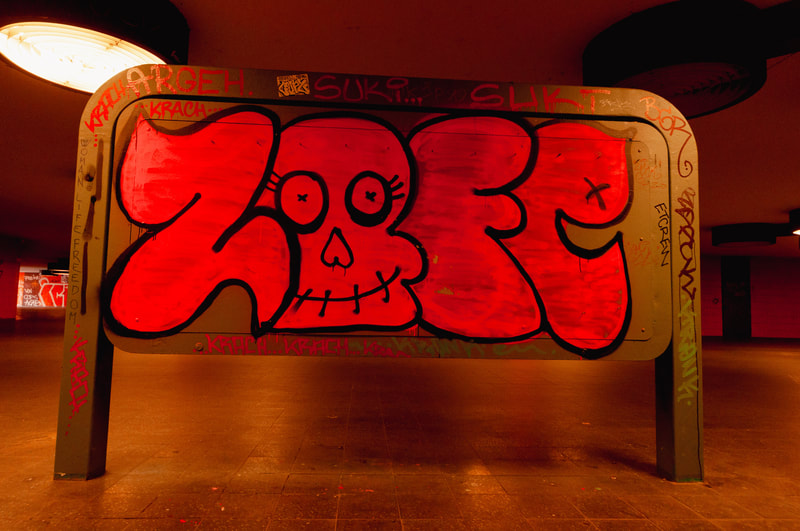
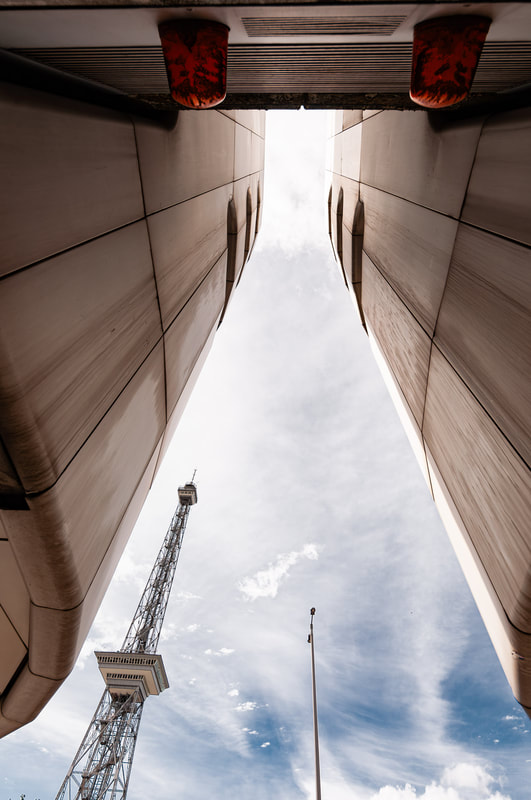
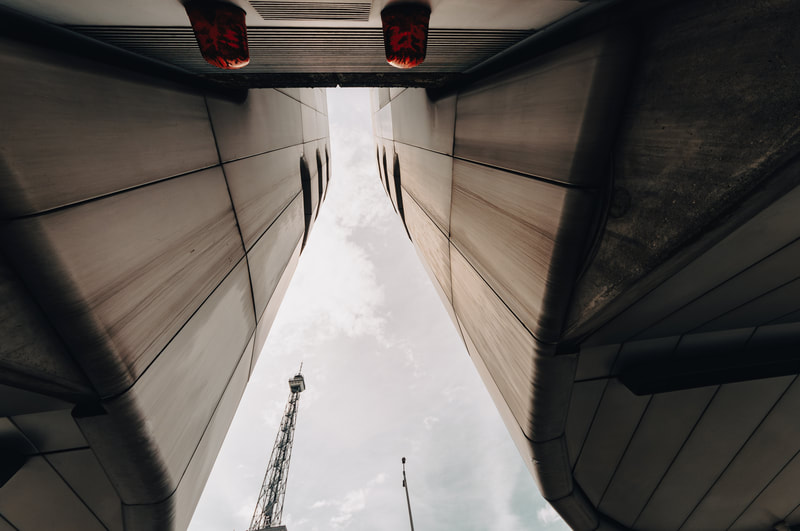
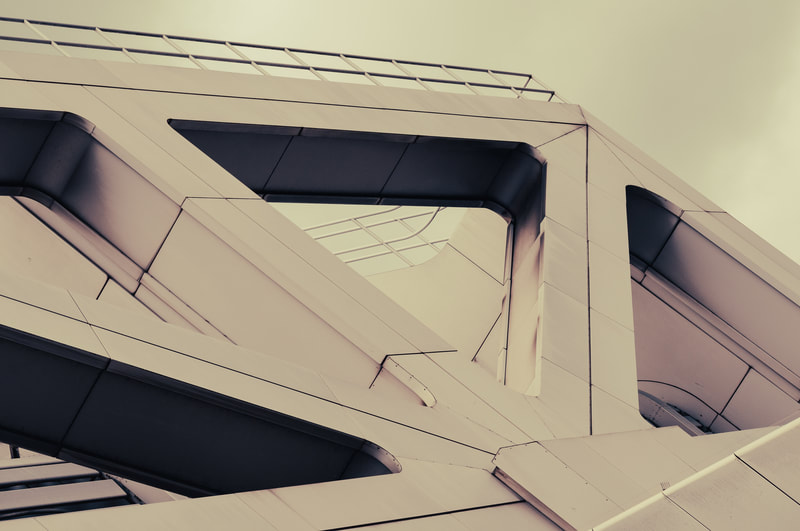
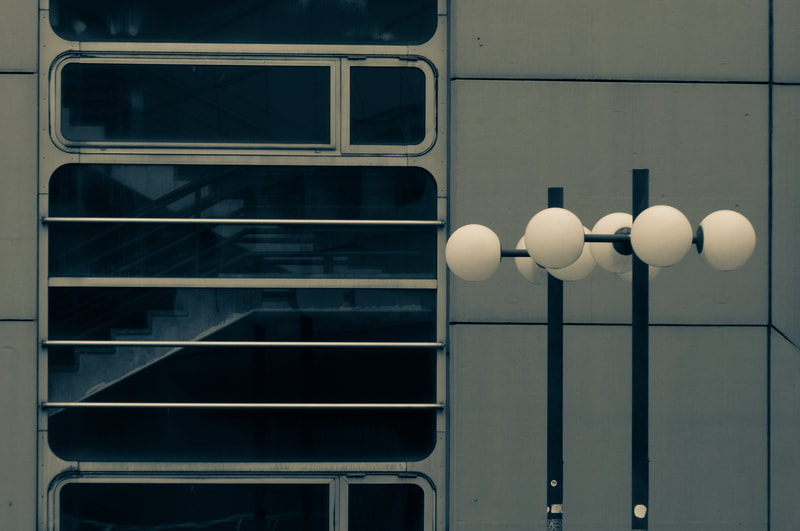
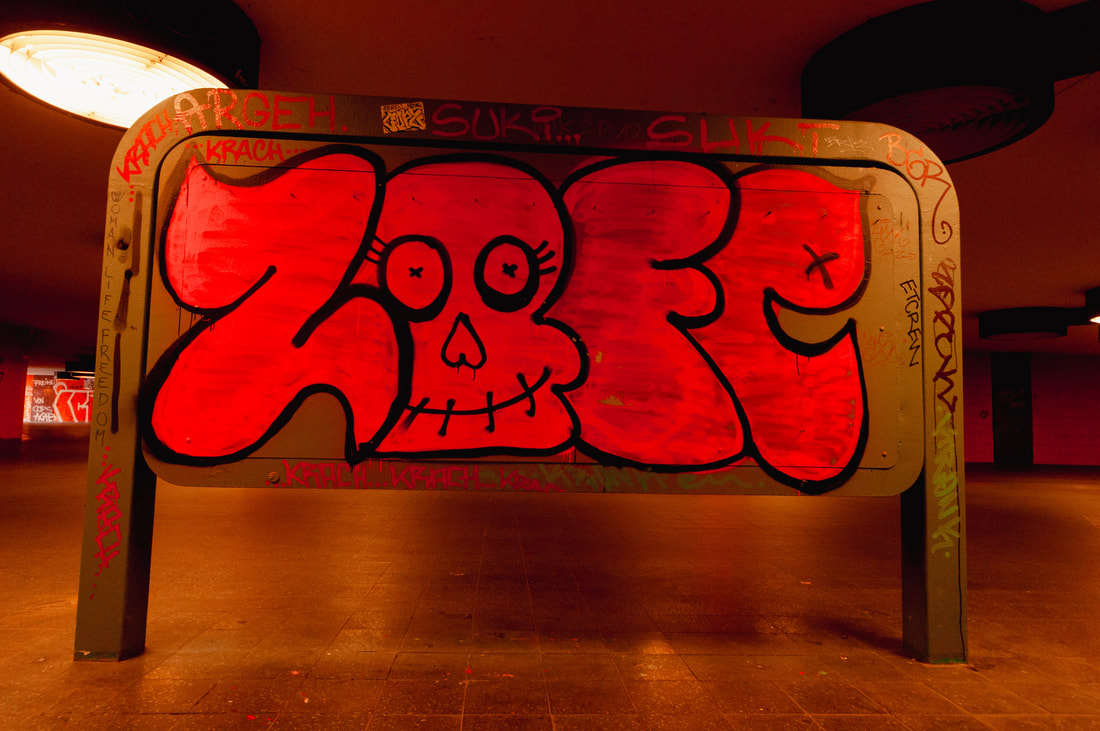
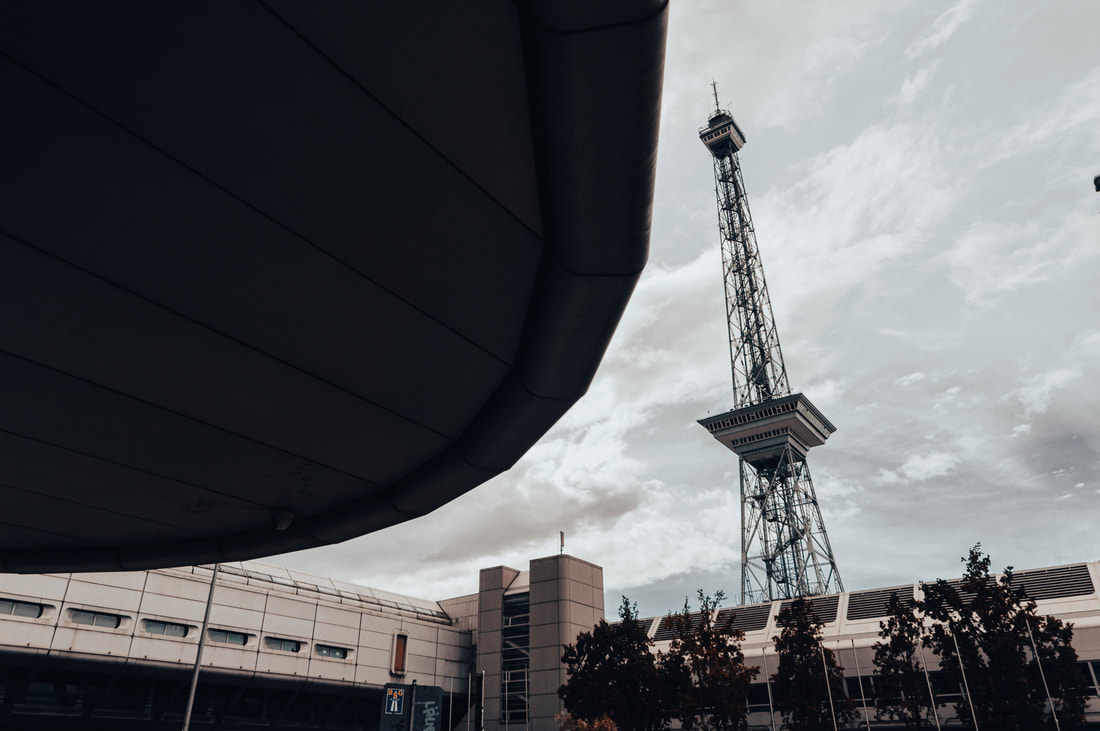
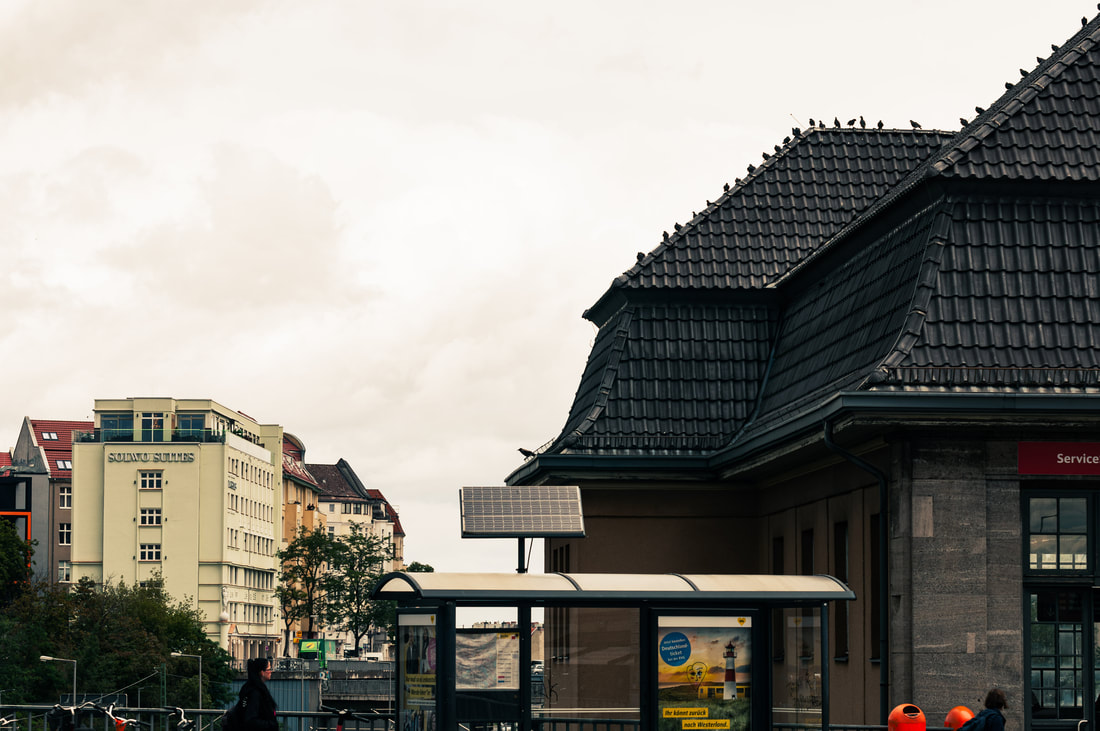
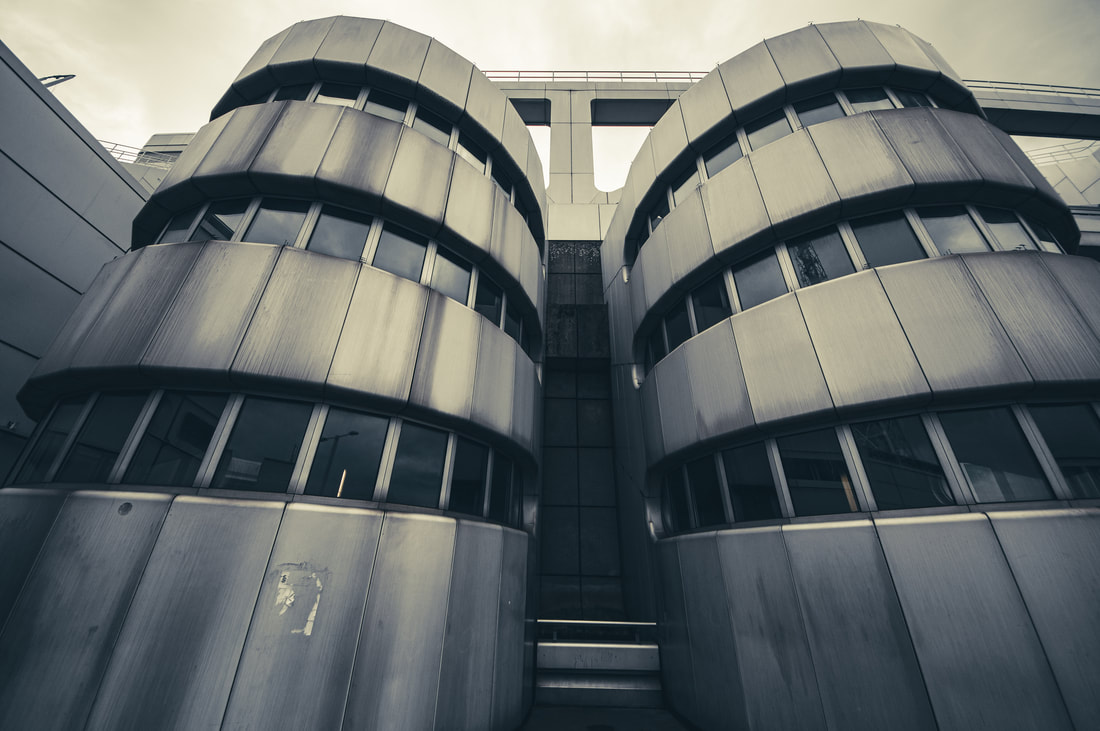
 RSS Feed
RSS Feed
